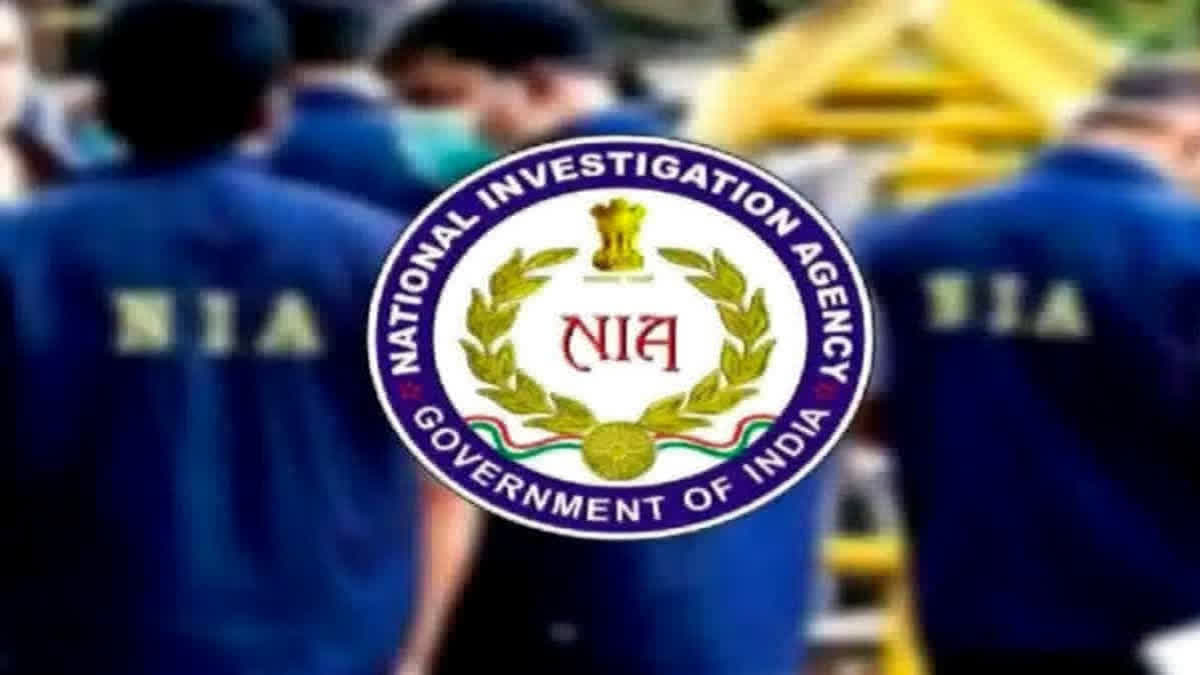New Delhi: An investigation carried out by the National Investigation Agency (NIA) has revealed that terror outfits in India have started adopting a “dead drop” method for the movement of terror hardware to evade security agencies.
The latest modus operandi of the terrorist organisations comes to the fore following an investigation into the Babbar Khalsa International (BKI) activities in different states across the country. With the dead drop method, terrorist members can avoid direct meetings and maintain operational security.
An investigation by NIA revealed that BKI’s conspiracy involved the recruitment of India-based associates by foreign-based handlers for carrying out criminal terror acts, providing funds for such terror acts, smuggling of terror hardware into India, and movement of terror hardware through the dead drop model.
Dead Drop Model
The dead drop model is used for exchanging information and items between two individuals involved in anti-national activities including terrorism, espionage, drug business and several other illegal activities. Under the dead drop method, one individual leaves an item at a pre-arranged secret location (dead drop) and the other collects it later. It helps in avoiding direct contact and minimising the risk of detection.
The dead drops may be an unused post box, specific park bench, etc. On many occasions, the physical dead drop has been transformed to a digital one mainly in the form of anonymous sharing portals and cloud services.
Many of the global terrorist outfits like the Islamic State, and al Qaeda store and disseminate material on digital dead drops. Scanning these dead drops online connects to a database having all links used for directing to the virtual dead drops and the content posted including texts, photos, videos, weapon manuals etc.
The BKI involved in the Chandigarh grenade attack case with registration number 15/2024/NIA/DLI adopted the drop box method to pass information and keep the members in the loop. The NIA teams searched various locations in Punjab, Uttar Pradesh, Uttarakhand and Chandigarh in connection with the case. Incriminating materials including mobile/digital devices and documents were seized during the search operations.
NIA’s Findings
The NIA investigations so far in the case have exposed a conspiracy of Pakistan-based BKI terrorists Harwinder Singh Sandhu alias Rinda and US-based Harpreet Singh alias Happy Passian to attack a retired police officer.
"The two terrorists had raised a module to carry out the terror attack and had provided funds, weapons and other logistical support to the on-ground operatives through dead drop method," a senior NIA official said.
Another senior NIA officer admitted that it is very challenging for security agencies to detect such 'dead drops'. “By using the dead drop module the anti-national elements always try to evade law enforcement agencies. The terrorist groups keep changing the online and offline dead drop method from time to time," the official said.
Expert Talks
Stating that India’s counter-terrorism agencies also keep changing their methods to identify and detect such dead drops, senior security expert Brigadier (Retd) BK Khanna said, "Our cyber experts also find their ways to detect online dead drops. As far as offline dead drops are concerned, it is a bit challenging for the law enforcing agencies to identify such locations where terrorist members can share their information without physically meeting each other."



